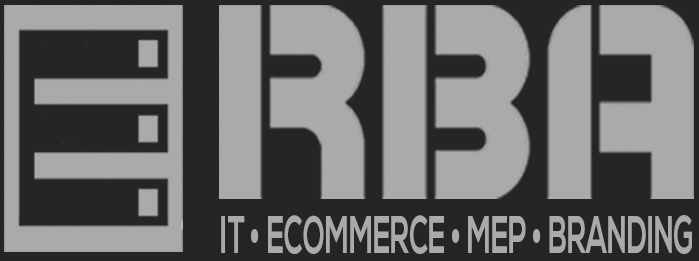When it comes to cars, I can’t imagine why anyone would pay serious bucks for a Lotus when a Lada has the same four tires and 1600 cc engine… in fact, the Lada seats four instead of two, so it has more value than a Lotus right there. Okay, I’ll stop now, before all the car aficionados out there have heart attacks. Obviously, there is a world of difference between a Lotus (which is one of the hottest vehicles on the road and “corners like it’s on rails”) and a Lada (which has the visual appearance and driving appeal of a cardboard box) that more than justifies the price differential. If someone says “they must be the same because they both have four tires and a 1600 cc engine,” it simply shows the person’s ignorance. Such a person doesn’t know what attributes of the cars they should be comparing to determine the best car for their personal needs. Now, here’s the kicker: businesses are doing this all the time with the cloud. They compare such basic attributes as virtualized CPU (vCPU) capacity, RAM, and cost per virtual machine (VM) between cloud providers. Then they say, “Well, all these attributes are the same, but ABC Company costs five times as much as XYZ Company. We’ll go with XYZ Company.” Now, if they needed the cloud equivalent of a Lada for their business needs, all well and good. That’s probably what the low-cost XYZ Company was offering. But if they needed the cloud capabilities of a Lotus, they have just purchased the wrong product entirely. Why? Because vCPU, RAM, and the cost per VM do not address the realities of your business workloads and which cloud options would help those workloads function optimally. Look at the Realities of Your Business Workloads Let’s get down to specifics. When you as a business or IT person are considering moving to the cloud, you first want to take a good, hard look at your business workloads. You want to ask questions such as: • Do you require specific resources from your cloud provider? For example, maintenance, consulting, or security? • Do you need certain characteristics and specifications to run your workload, i.e., in the areas of input/output (I/O), availability, resiliency, speed, etc.? • Is your workload compute intensive? If so, is it intensive all the time, or on an ebb-and-flow basis? • Do you need to move a huge amount of data? If so, how often and how fast? Look at the Nature of Your Cloud Options After you’ve identified what your workloads look like and what your business needs are, you are ready to examine your cloud options – because now you know what questions to ask. For example, you may want to know: • Will the cloud provider dynamically balance your workloads? Also, will the cloud provider dynamically balance the workloads among tenants in a multi-tenant environment? If not, then you might find your performance speed slowing down to an unacceptable level. • Does the provider work with their clients to ensure that a suitable cloud environment is chosen? If the cloud provider says their cloud is “one size fits all”… well, you know how well those “one size fits all” clothes actually fit! • Will the cloud provider help their customers determine whether a certain server or application is an appropriate candidate for the cloud? If not, why not? Isn’t it poor customer service to allow someone to spend money on something that is not appropriate for their needs? • How many virtual machines does the cloud provider put (on average) onto a single server? If the number is high (for example, some providers may put more than 30 VMs on a single computer), that might indicate a potential slowdown if a) you need a lot of compute power, or b) one of your fellow tenants is hogging the VM’s resources! • W hat is the “ideal customer” for their cloud? If a cloud provider can’t define their ideal workload, steer clear! You want a provider who has a cloud built exactly for someone like you. When you look at a Lotus and a Lada, you can see that you get what you pay for. That’s not a negative statement against either car. If a Lada is what you need, then that is what you should buy. If you must have a Lotus, however, you literally can’t afford to settle for anything less. The cloud is the same way. There are clouds that are perfect for basic needs, for intermittent workloads, and for test and development purposes. And there are clouds that are perfect for high availability, high resiliency, high security, and high usage. But they’re not the same cloud. You get what you pay for. Make sure you know what you need so that you’re asking the right questions and comparing the right attributes.
by Roger McIlmoyle


